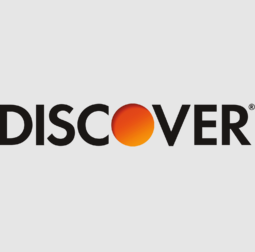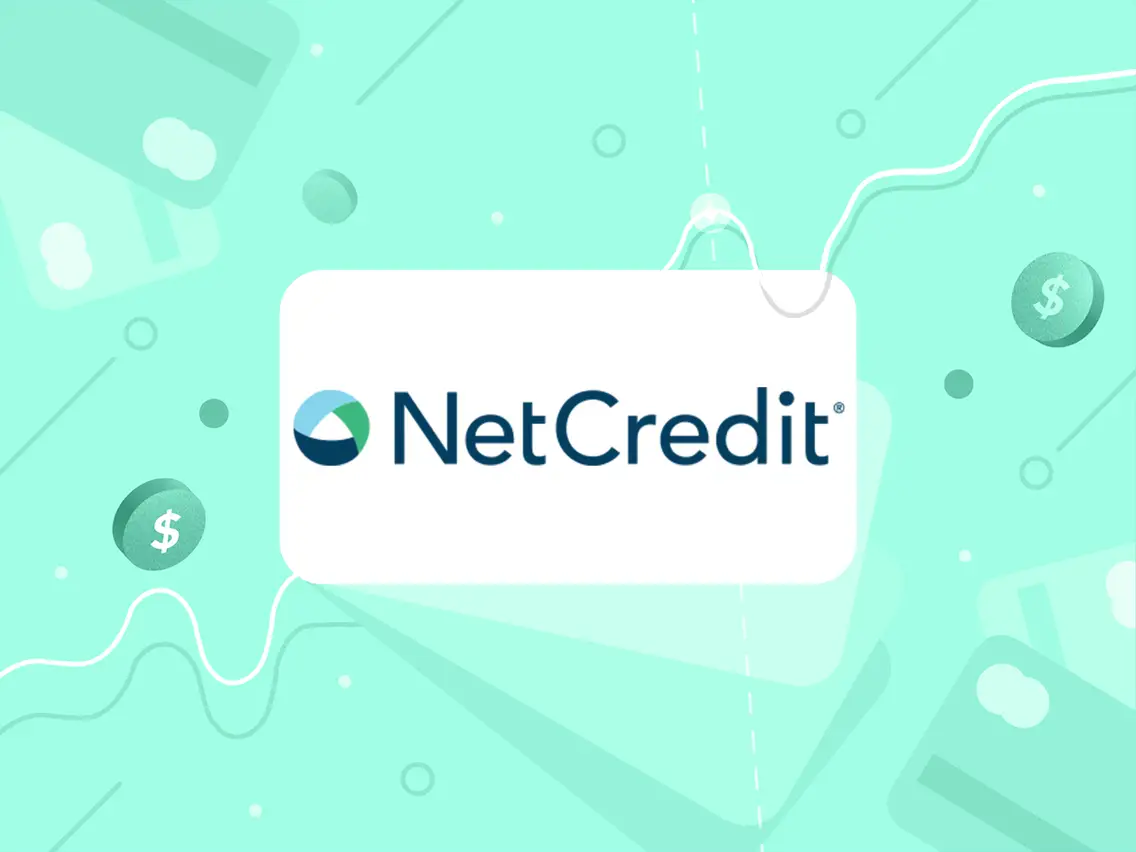In today’s digital era, the new generation is increasingly turning to video platforms to learn about finances in the United States. With a range of topics, from budgeting strategies to investment advice, these online channels offer an accessible and engaging way to improve financial literacy.
Video platforms provide content that is visually appealing and easy to digest, making them an excellent resource for those looking to gain a better understanding of personal finance. This trend is reshaping how young people interact with and perceive money management.
Understanding the allure of video platforms

The attraction of video platforms lies in their ability to present complex financial concepts in an easy-to-understand manner. Unlike traditional textbooks or lengthy seminars, videos can break down topics using visuals, animations, and real-life examples.
This accessibility is crucial for a generation that values immediate and digestible information. Video content often incorporates storytelling, which helps in retaining information and offers practical insights into managing money. Platforms like YouTube and TikTok have become treasure troves for financial education, catering to varied learning preferences and styles.
Moreover, the interactive nature of these platforms enhances engagement. Viewers can comment, ask questions, and even participate in live sessions. This interactivity fosters a community of learners who can collaborate, share tips, and offer support to one another. The diversity of content creators also means that viewers are exposed to multiple viewpoints, helping them develop a nuanced understanding of finance that goes beyond one-size-fits-all advice.
The impact on financial literacy among millennials
Millennials and Gen Z are taking advantage of video platforms to close the financial literacy gap. With student loans, credit scores, and retirement planning becoming pressing concerns, these resources are vital. Channels often start with foundational concepts and progressively cover more advanced topics.
This allows viewers to build their knowledge at their own pace. Financial influencers and experts are creating content tailored to the unique economic situations these generations face, which addresses their specific needs and questions.
As this demographic group becomes increasingly invested in economic matters, the impact of video platforms on their financial literacy cannot be overstated. They are not only using these tools for learning but also for teaching others, creating a ripple effect. Peer recommendations and shared content expand the reach of these educational tools, making them a significant force in personal finance education.
Navigating the plethora of content
With the wealth of information available, finding high-quality content can be daunting. One effective strategy is to follow credible creators who have a proven track record in financial education. Look for experts with certifications or a background in finance, and be wary of content that seems too good to be true. It’s also beneficial to compare multiple sources to gain a comprehensive understanding of the topics being explored.
Additionally, viewers should pay attention to their own learning preferences. Some may prefer concise clips that cover one topic at a time, while others might enjoy longer, more detailed tutorials. Thankfully, video platforms offer a wide range of styles, ensuring that there is something suitable for everyone. Utilize playlists and recommendation features to explore related content and deepen your understanding of financial concepts.
Practical tips for maximizing learning
To make the most out of your video learning journey, set clear goals about what you want to achieve. Whether it’s building a budget or understanding investments, having targeted objectives will streamline your learning process. Create a curated list of channels or influencers that align with your goals and regularly engage with their content to stay updated.
Interactive content, like quizzes or challenges presented within videos, can provide practical experience. Actively participate in these exercises to reinforce your understanding. Furthermore, joining online communities related to your favorite channels can offer additional insights and support from fellow learners. Continuous exposure and application of the knowledge acquired through videos will ensure it translates into real-world financial acumen.



